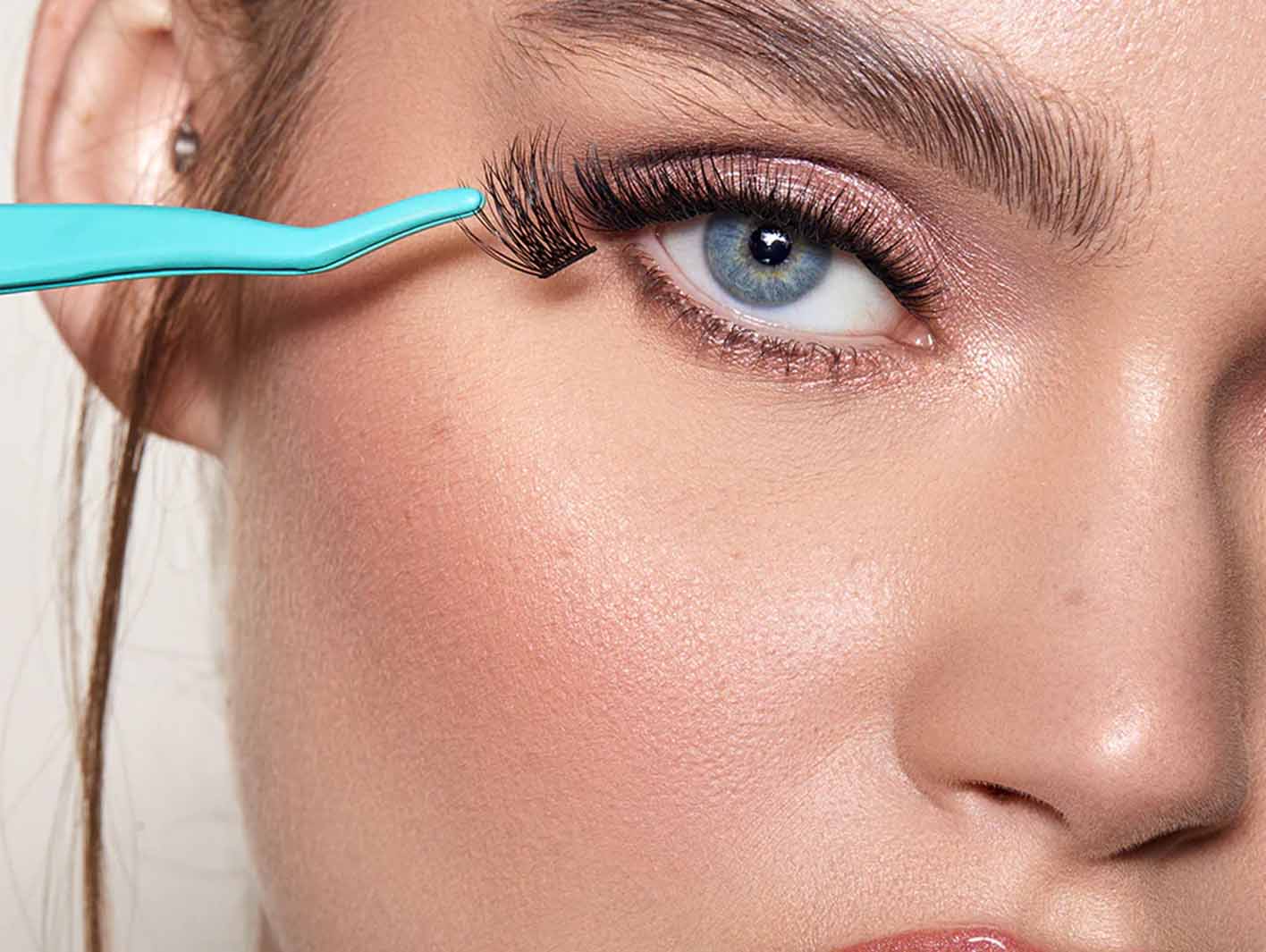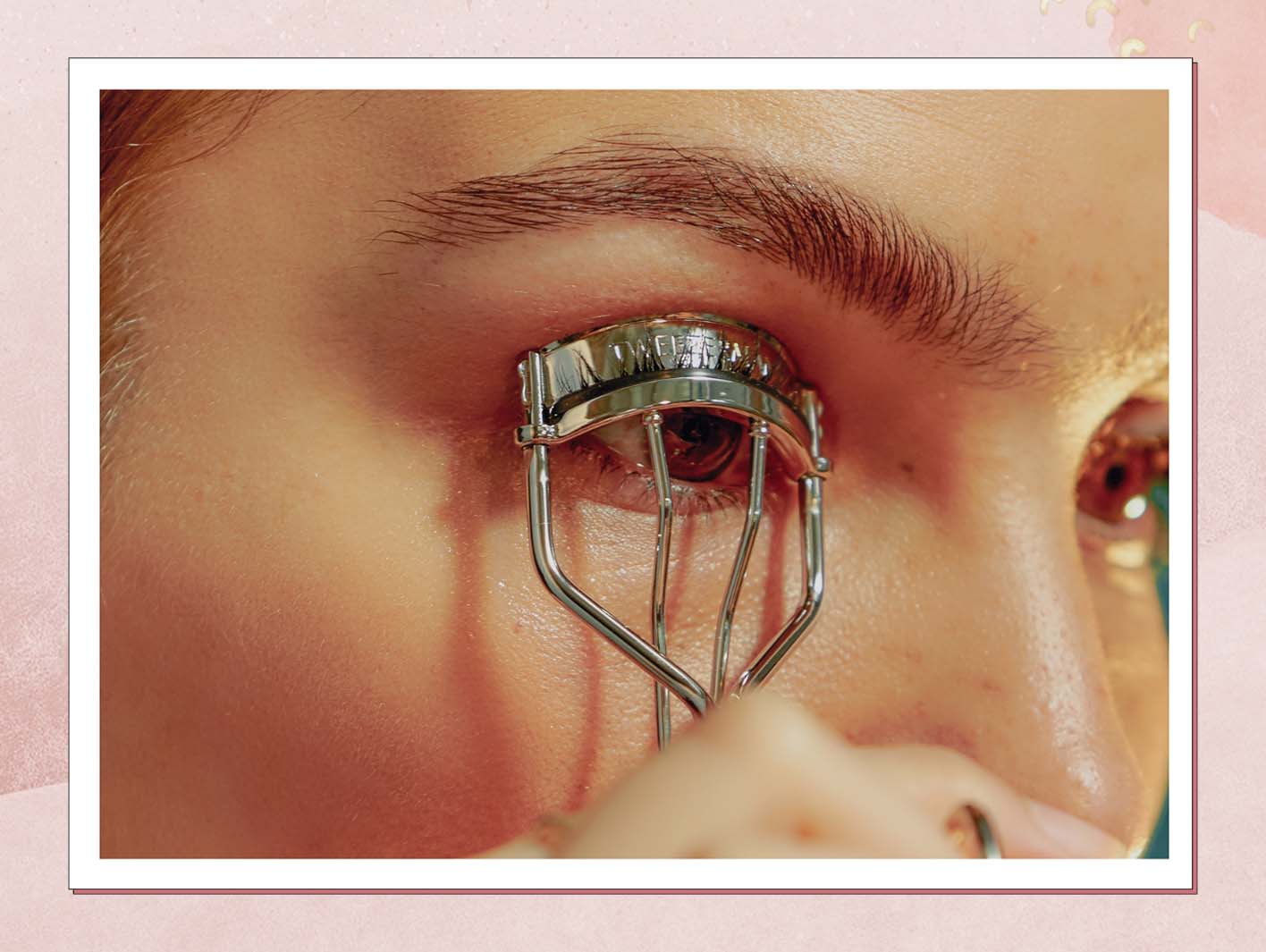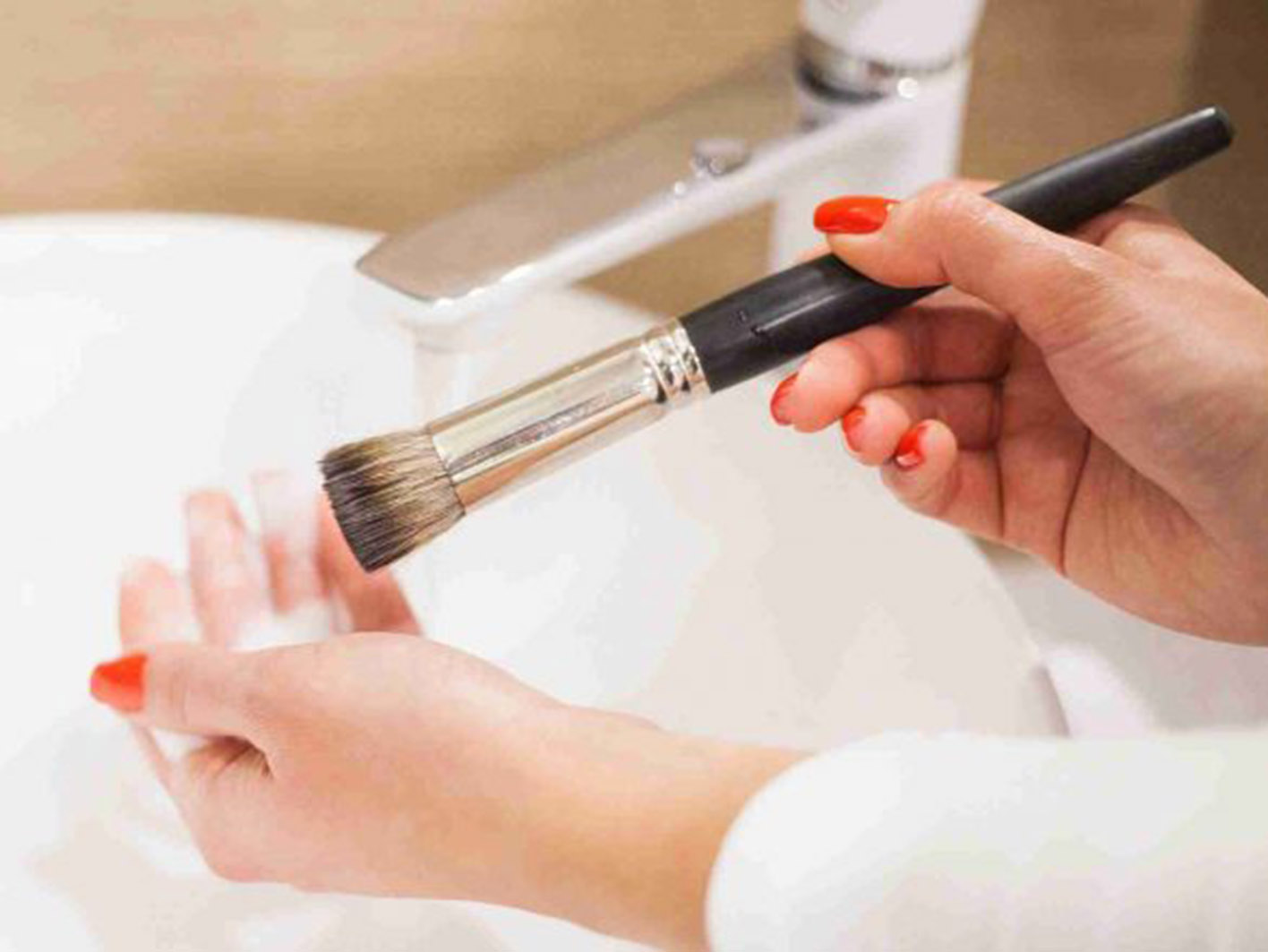
In the world of beauty, brushes are not just tools—they’re extensions of your artistry. Whether they sculpt cheekbones, blur imperfections, or transform your lids into smoky masterpieces, the bristles that grace your skin deserve far more reverence than a quick rinse under lukewarm water. In fact, caring for them properly is a beauty ritual in its own right—one that often gets overlooked.
Not all makeup brushes are created equal. The difference lies not only in the cut and density but in the very fibers from which they’re made. Synthetic blends, natural animal hair, duo-fiber mixes, and artisanal hybrids all demand different levels of attention. Improper care can lead to shedding, fraying, hardening—or worse, bacterial buildup that sabotages your skin.
So let’s elevate the conversation. Below, we break down everything you need to know about caring for your brushes based on their material, from gentle cleansing rituals to post-wash maintenance that’ll extend their life (and your glow).
1. Synthetic Brushes: The Low-Maintenance Workhorses
What They’re Made Of:
Synthetic brushes are crafted from man-made fibers like nylon, taklon, or polyester. They’re non-porous, which means they don’t absorb much product—perfect for cream and liquid formulations like foundations, concealers, and gel-based blushes.
Cleaning Frequency:
Once a week for daily use; twice a month for occasional use.
How to Clean:
- Use a gentle liquid soap or brush cleanser formulated for synthetics. Baby shampoo works in a pinch, but avoid anything overly moisturizing or oil-heavy.
- Wet the bristles with lukewarm water (never hot), pointing downward to avoid water seeping into the ferrule (the metal part).
- Add a small amount of cleanser to your palm or a silicone brush mat, swirl the brush in circles until the pigment breaks down.
- Rinse thoroughly, gently squeezing the bristles.
- Reshape and lay flat on a clean towel to air-dry.
What to Avoid:
- Soaking the brush in water.
- Harsh detergents that can degrade synthetic fibers.
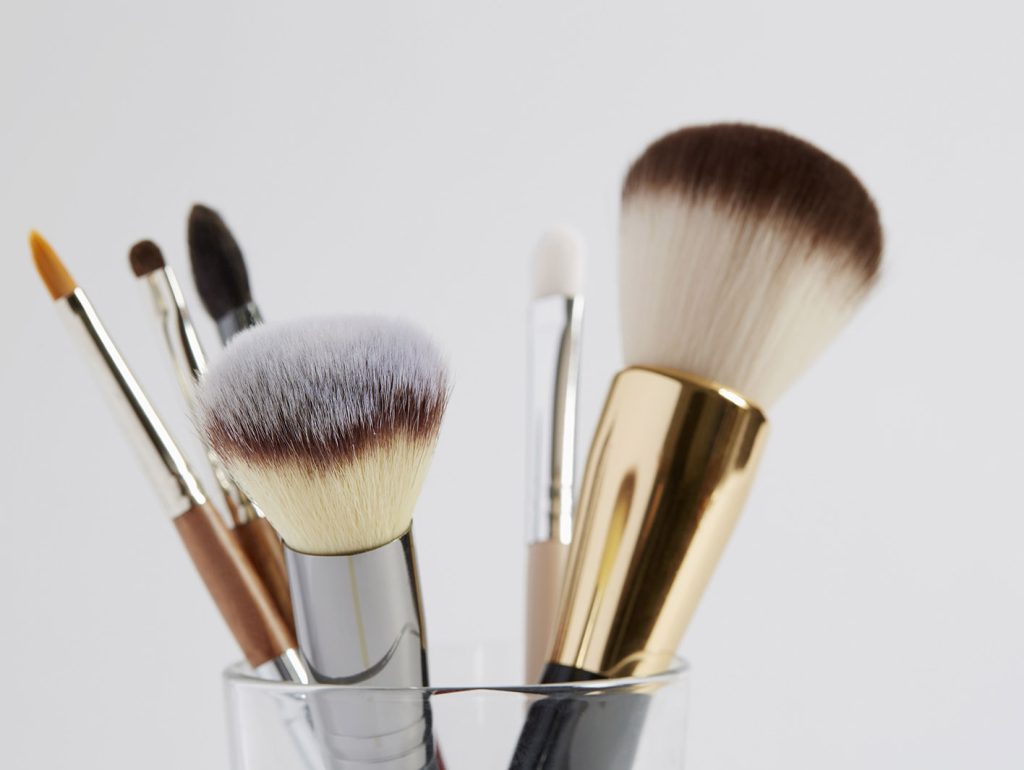
2. Natural Hair Brushes: The Delicate Divas
What They’re Made Of:
These are typically sourced from pony, goat, sable, or squirrel hair. Natural bristles are porous and mimic human hair, making them ideal for powders—think setting powders, bronzers, and eyeshadows.
Cleaning Frequency:
Every two to four weeks depending on usage, especially for eye brushes that build up pigment quickly.
How to Clean:
- Choose a sulfate-free, conditioning cleanser or a bar soap specifically designed for makeup brushes or natural hair.
- Wet the bristles lightly (avoiding the base), and swirl onto a soap bar or into your palm.
- Rinse in cool to lukewarm water until clear.
- Apply a drop of hair conditioner if bristles feel coarse, then rinse lightly.
- Gently squeeze out excess water, reshape, and lay flat to dry.
What to Avoid:
- Alcohol-based cleansers that dry out natural bristles.
- Soaking or submerging brushes—it breaks down the glue that holds them together.
- Blow-drying—heat damages natural fibers.
3. Duo-Fiber Brushes: The Chameleons of the Brush World
What They’re Made Of:
A mix of synthetic and natural fibers, often with longer synthetic bristles interspersed with shorter natural ones. Known for airbrushed finishes in both powder and liquid applications.
Cleaning Frequency:
Weekly for liquid use, biweekly for powder.
How to Clean:
- Use a dual-action cleanser or a mixture of gentle soap and olive oil to break down both cream and powder residues.
- Lather gently to avoid fraying the bristle tips.
- Rinse under warm running water and be patient—it may take longer to flush out pigment trapped between the two textures.
- After reshaping, place them upside down in a brush tower or flat on a microfiber towel.
Pro Tip:
Because duo-fiber brushes have a more complex structure, they may take longer to dry. Allow at least 24 hours.
4. Kabuki & Dense Buffing Brushes: The Product Hoarders
What They’re Made Of:
Typically synthetic, but the key issue here is density. These brushes pack a lot of bristles in a small head, making them magnets for foundation and cream product buildup.
Cleaning Frequency:
Every 3–4 uses.
How to Clean:
- Use a high-lather, emulsifying cleanser to lift heavy product from the core of the brush.
- Work the cleanser deep into the center using a brush cleansing mat.
- Rinse until absolutely no residue or milky water remains—this may take several rounds.
- Press with a towel to release water from the interior, reshape, and dry flat or upside-down.
What to Avoid:
- Leaving moisture in the center—it can lead to mildew.
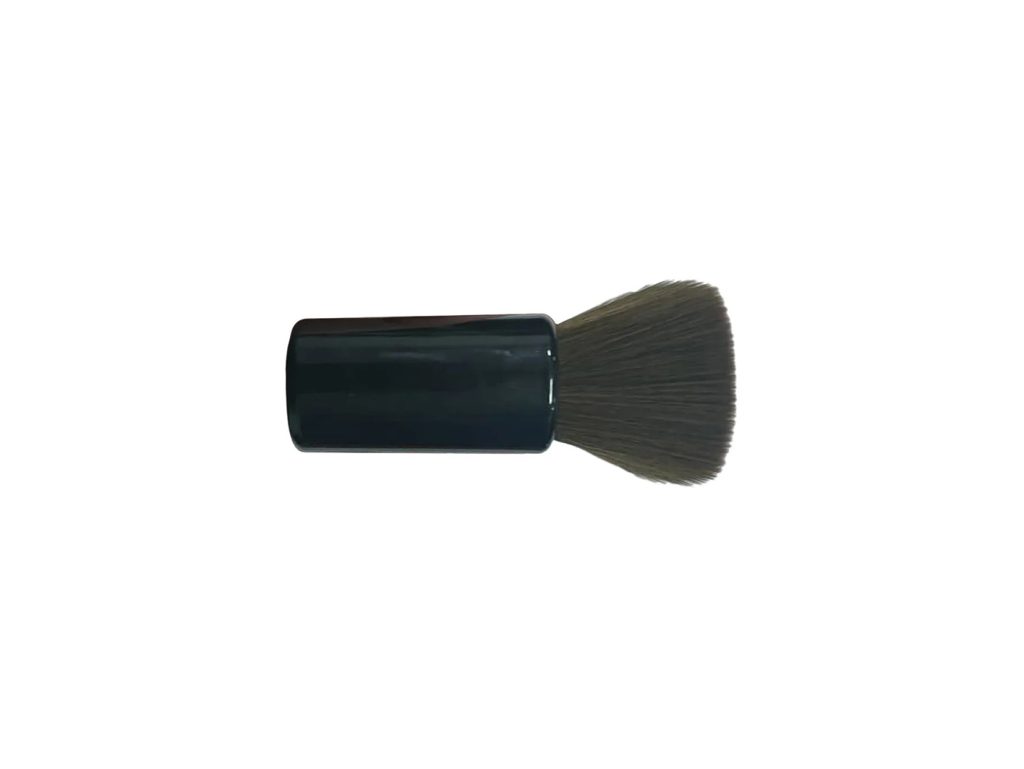
5. Fan Brushes & Detail Brushes: The Underdogs
What They’re Made Of:
Often natural or synthetic, fan brushes are delicate by design, while detail brushes (like liner or brow brushes) are tightly packed for precision.
Cleaning Frequency:
Every 2–3 uses for detail brushes; biweekly for fan brushes.
How to Clean:
- Spot-clean detail brushes between uses using a quick-dry brush cleaner with alcohol (yes, here it’s okay).
- For deep cleaning, follow material-specific tips above.
- With fan brushes, avoid swirling—use back-and-forth motions to protect the shape.
Drying & Maintenance Essentials
Regardless of material, drying is non-negotiable. Always lay brushes flat on a clean towel or use a drying rack that suspends them bristles-down. Never dry brushes upright, as water can seep into the ferrule, causing rust or bristle shedding.
Once dry, fluff them gently with your fingers to reshape. Store them upright in a brush holder or enclosed in a case if traveling.
When to Say Goodbye to a Brush
Even the best-loved brushes reach the end of their lifecycle. If you notice:
- Persistent shedding
- Bent, splayed bristles that don’t reshape
- Foul odor that doesn’t disappear after washing
- Stiffness or rough texture
…it might be time to part ways.
Luxury Tools Deserve Luxury Care
Just as you wouldn’t throw your favorite silk blouse in the dryer, your brushes deserve the same tailored treatment. With mindful care based on their materials, they’ll reward you with flawless application, extended wear, and radiant skin. After all, clean brushes aren’t just about hygiene—they’re about performance, longevity, and honoring the craft of beauty.

